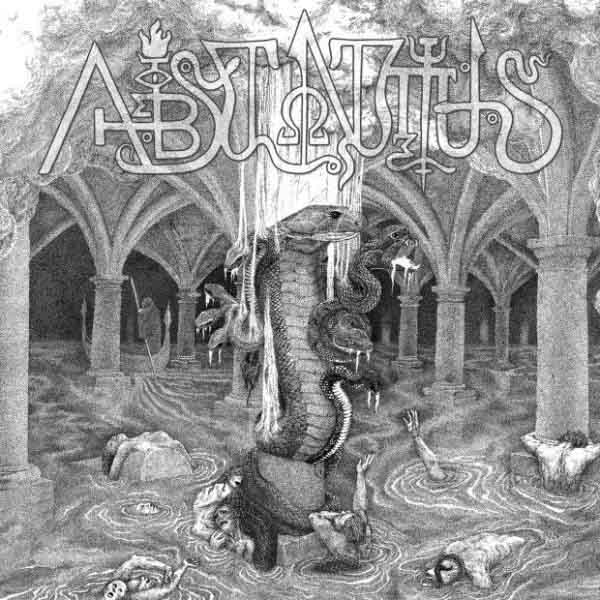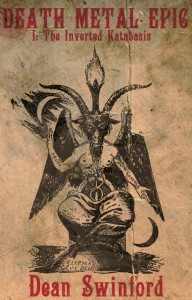Being a casual listener, it is easy to miss black metal’s essence completely. It is easy to think that it is just some repetitive “atmospheric riffing”. What we forget is that verbal descriptions of things do not reflect reality in its entirety but are just placeholders for things we know. And for things we do not know, they just serve as attempts to describe aspects of the object in question. This is why, when it comes to detailed descriptions of feelings, we resort to poetic language, metaphor and example, a simple “sad” or “happy” is not enough to express the experience precisely. This is also where the difficulty of expressing and discussing the success or failure of a music to convey something lies. Some critics resort to evaluating purely musical aspects in a technical way which lets them make solid judgements from the vantage point of tradition and taste. Taste itself lies in the middle-ground between what is considered objective and subjective, since it is a concept developed communally, not individually.
Absconditus take black metal’s most superficial description at face value and runs with it. Kατάβασις (Katavasis) is a collection of repetitive, atmosphere-inducing-oriented pieces that serve more as a background than as proper music. The tracks here all sound like introductions to something else. Simple repetition along with a little groovy improvisation on the drums and a melody here and a melody there carry this set of intros to the end. One gets the feeling that something is about to start and then each track ends. And then the album reaches an uneventful stop. It is as if Absconditus is just making a series of proposals of ideas that could become songs. Even if Absconditus would take its time more and develop actual songs, the way ideas were presented in Katavasis was cliche-oriented and crowd-pleasing, so that the result would still be average at best. This project/album needs to be restarted from scratch.
No Comments
Tags: 2015, Absconditus, Black Metal, katabasis, Katavasis, Kατάβασις



